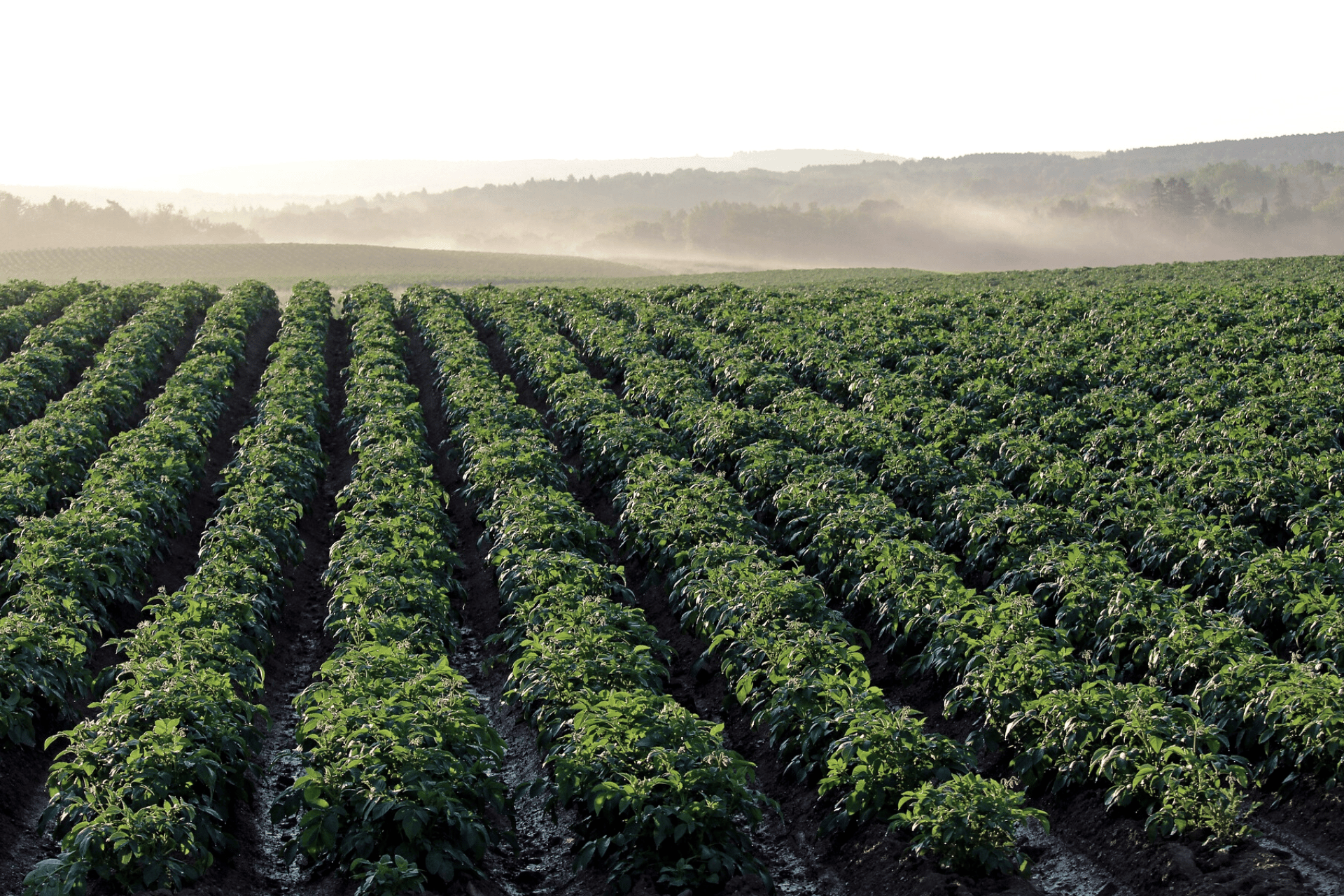Despite good Canadian potato crop, North American processing market will be tight.
After a late start to the growing season, the Canadian potato crop has caught up and is looking good. However, across the continent the situation isn’t the same and there’s growing concern about short supplies in the processing market.

“I would say pretty good, all things considered. If you’d ask people back in May, with the very slow start to the planting due to a very wet and cold spring, the crops are now looking much better overall than had been expected,” Victoria Stamper, general manager of the United Potato Growers of Canada (UPGC), says in a phone interview.
There have been some pockets of concern with hailstorms in parts of Alberta and Saskatchewan, along with hot, dry temperatures in Ontario. However, for the most part spuds were able to recover, Stamper notes though there is still concern about yields with reports of lower yields in certain areas.
“We’re seeing the size profile a little smaller. And a lot of people are leaving their potatoes in the ground as long as possible to try to get them to size up,” she explains.
Further south into the United States, growers haven’t been as lucky. In the Columbia Basin growers suffered from cool, wet weather in the spring which held back crop development about two weeks. There was also extreme heat during the summer leading to about three weeks of bulking time to be lost. Dale Lathim, executive director of the Potato Growers of Washington, Inc., says they’re currently harvesting potatoes with yields of about 10 per cent below usual.

“The quality is fantastic, just excellent quality. But what is different this year is that normally there is a huge pile of potatoes in the state of Idaho that the processors can go buy out of,” he explains in a phone interview.
Irrigation concerns and rising production costs this spring caused less speculative potatoes to be planted in the region, so processors won’t be able to go and fill their needs by buying up extra spuds. Lathim notes the drought during the 2021 growing season which affected the Columbia Basin up into Western Canada, means there was already tightness in the processing market.
“The processors are finding themselves coming up short this year, they’re having fewer options to replace those shortages. And so, what it’s going to amount to is that North America wide processors will only be running at about 90 to 95 per cent of the capacity that they normally would,” Lathim says.
He expects processors to get creative to fill their demands. The Midwest, Prairies and further into the east coast for Canada and the U.S. have good crops, so Lathim anticipates processors will ship potatoes from those regions into the Columbia Basin.
The Canadian fresh market should be well supplied though, Stamper says. Better weather throughout most of the season for British Columbia, Manitoba and Prince Edward Island, have led to reports of good-looking fresh potato crops.
While seed growing regions from Alberta to Saskatchewan and P.E.I. have had good growing conditions, seed potato movement from P.E.I. is still restricted by the Canadian Food Inspection Agency following the 2020 discovery of potato wart on the Island. Overall seed supply should be good for the 2023 growing season.
Read More:









